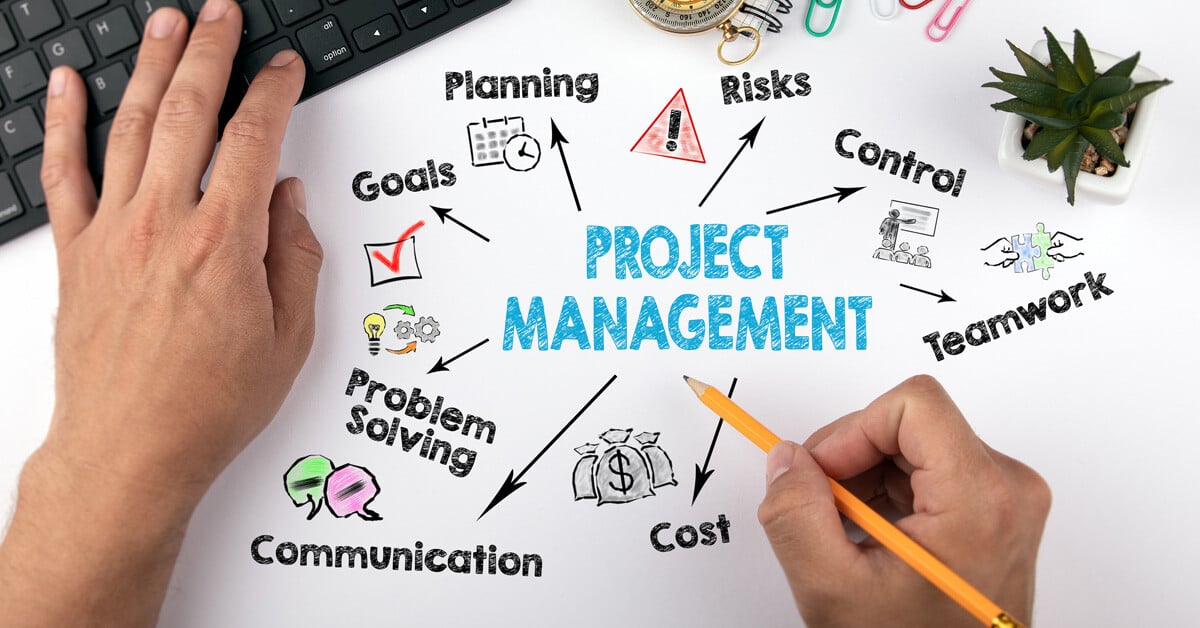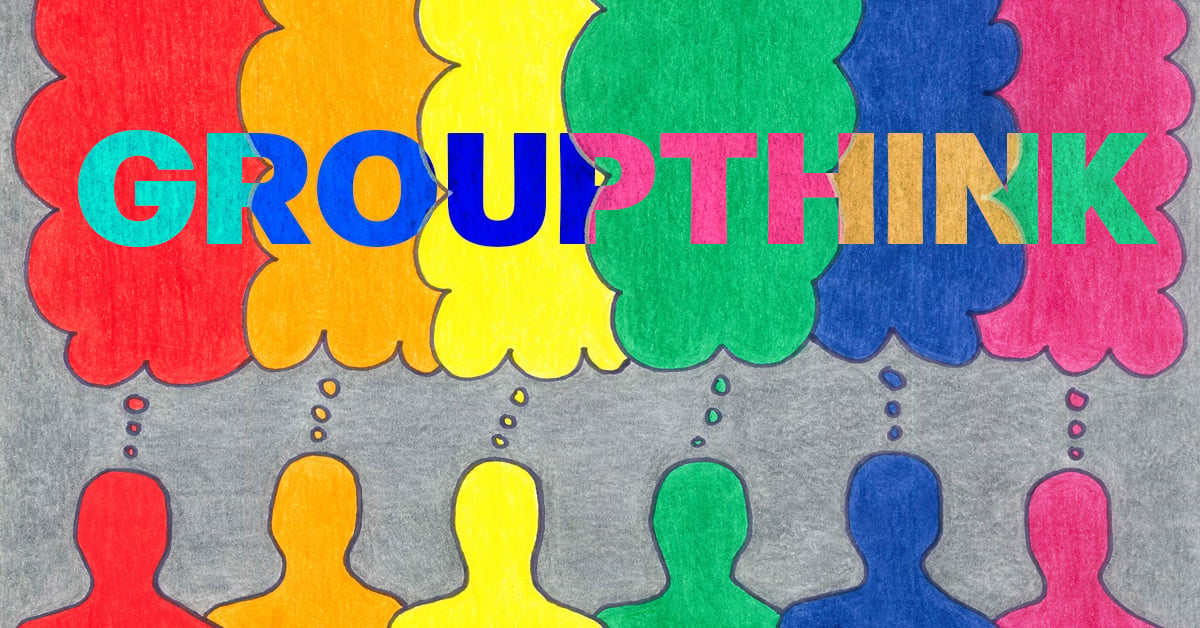Updated January 15, 2024
There is no shortage of challenges for employers today to create a workplace culture that supports employee engagement and helps retain their best employees. Often employers think about their HR benefit programs and office social activities as starting points for improving morale. It’s less likely they take the time to understand the actual work being done by their employees, but they should. Streamlining workplace processes can significantly improve employee engagement. When combined, continuous process improvement and employee engagement can lead to a synergistic approach that can significantly boost an organization’s performance.
Understanding Continuous Process Improvement
Continuous process improvement is a systematic and incremental approach to improving efficiency and quality. It involves identifying, analyzing, and improving existing business processes within an organization to meet new standards or goals.
The primary aim of continuous process improvement is to reduce waste or decrease the time taken to complete a process by making small, incremental changes rather than implementing major overhauls. This approach allows organizations to adapt more easily to new ways of working without disrupting their current operations.
The Role of Employee Engagement in Continuous Process Improvement
Employee engagement plays a crucial role in the successful implementation of continuous process improvement initiatives. Engaged employees are more likely to contribute ideas for improvement, take ownership of their work, and strive for excellence.
Engaged employees are not just satisfied with their jobs; they are passionate about their work and committed to the organization's goals. They understand their role in achieving these goals and feel valued for their contributions.
When employees are engaged, they are more likely to embrace change rather than resist it – a critical factor in successful process improvement initiatives. They are also more likely to identify potential improvements because they have a deep understanding of their work processes.
Identifying a Broken Process and Process Mapping
Before we can start improving operational efficiency, it’s important to first identify there is a broken process. The symptoms of a broken process are wide-ranging, but here are a few that often trigger a need for continuous process improvement.
- Manual paperwork or data entry
- Customer complaints
- Workarounds
- Mistakes
Once you know you have identified a broken process, process mapping is next. Process mapping is one of the first steps in streamlining a business process, and it really sets the stage for how you can impact employee engagement. The process map acts as your guide for effective decision making with continuous process improvement. It will break down the work of your employees into the most basic steps to uncover inefficiencies that may cause errors, delays, and employee frustration.
The basic process mapping steps include:
- Observing and gathering information from participants in all phases of the workflow.
- Breaking the process into its unique tasks and decision points.
- Identifying who is currently accountable for each area of the process.
- Targeting inefficiencies in the process.
- Creating a plan for continuous process improvement.
Through this system, employees at various levels in the company whose work is impacted by the business process gain greater visibility and understanding of each other’s roles and frustrations. Often, one person in an organization has no idea about the time and steps that are required by someone else in the organization involving a different step in the same process. By working through a process map with your employees, it shows you care about the work of your employees at every level of the organization and fosters an environment where your employees also care how their work impacts each other.
And that’s just the beginning. Once the process mapping phase is complete and a continuous process improvement plan is implemented, the ongoing benefits to your organization are numerous. We are going to focus on three common areas of improvement – employee onboarding and training, transparency and collaboration, and elevation of employees’ work.
Employee Onboarding and Training
It’s not unusual to have an employee’s first couple of days be filled with paperwork and forms. They are often stuck in a room checking boxes, reading policies, and signing documents. It’s not a great introduction to your company culture. By automating the HR onboarding process to complete many tasks electronically before someone’s first day, a new employee can spend a minimal amount of time with paperwork and instead get involved with their new team right away. It sets the tone for the rest of their time with your company.
Additionally, when processes are mapped, documented, and standardized, training becomes a breeze. Instead of spending time covering all the workarounds to a broken process, there is a clear workflow to learn. This also helps a new employee or someone in a new position have clarity in their role and feel like they can contribute to the organization immediately.
Transparency and Collaboration
No one wants to admit they are a bottleneck in the process, so there is often a lot of blaming and finger pointing in a broken process. By giving employees a stake in mapping out the process, they can more graciously see where bottlenecks are and offer suggestions to correct the causes. The issues that are brought forth become less about the person and more about the process as everyone can see the full picture.
When you map and document work processes, it’s easier to roll out changes with buy-in, consistency, and accountability. Employees have better visibility into work processes and better clarity of ownership. When employees are brought into the mapping process and given the voice to help improve it, the entire system becomes more transparent. This leads to a more collaborative culture where employees have a clear understanding of accountability in the organization.
Elevation of Work
Employees don’t feel fulfilled when their time is wasted on mundane and repetitive tasks. According to a recent Forbes Insight survey, 92% of organizations see an improvement in employee satisfaction because of automation that allows workers to spend less time on manual tasks and more time on high-value work. Incorporating workflow automation will allow your employees to contribute to the company where they add the most value – problem solving, creativity, decision making, innovation, and human interactions.
By participating in process mapping, employees also gain a greater understanding of how their individual contribution is important to operational excellence in the organization – and how they might be able to impact organizational change positively in the future. Employees feel good when they understand their role and their impact on the company.
We also know that employees today want more flexibility in how and where they work. When processes are streamlined, automated, and digitized, they can be accessed from anywhere. An employee no longer needs to be tied to a file cabinet, and instead may be able to work remotely or from a different office location. This can greatly improve morale, retention, and the ability to hire for that role.
Creating Ongoing Synergy between Continuous Process Improvement and Employee Engagement
Neither employee engagement nor continuous process improvement are “set it and forget it” initiatives. They take ongoing commitment, focus, and work to be successful. To create ongoing synergy between continuous process improvement and employee engagement, organizations need to foster an environment that encourages open communication, collaboration, recognition, and growth opportunities.
- Open communication. Organizations should encourage employees to voice their ideas and suggestions for process improvements. This not only fosters a culture of continuous improvement but also makes employees feel valued and heard.
- Collaboration. Employees should be encouraged to work together to identify and implement process improvements. This promotes a sense of teamwork and shared ownership, which can boost engagement levels.
- Recognition. Recognizing and rewarding employees for their contributions to process improvement initiatives can significantly enhance engagement. Recognition can take various forms, from verbal praise to financial incentives.
- Growth opportunities. Providing opportunities for professional growth can also boost employee engagement. This could include training programs, career development plans, or opportunities to lead process improvement initiatives.
Starting Your Continuous Process Improvement Journey
Continuous process improvement and employee engagement are interdependent elements that, when combined, can lead to significant improvements in organizational performance.
By fostering an environment that encourages open communication, collaboration, recognition, and growth opportunities, organizations can create a synergistic approach that leverages the power of both these elements.
Remember that engaged employees are your greatest asset in driving continuous process improvement. By investing in their engagement, you are not just improving their job satisfaction but also setting up your organization for long-term success.
EO Johnson’s Business Consulting Team are experts at evaluating and mapping business processes. They work with your team of employees to identify the bottlenecks and create a continuous process improvement plan that incorporates technology to streamline your business. Utilize our business consulting services to map out your business process and start your digital transformation.











No Comments Yet
Let us know what you think